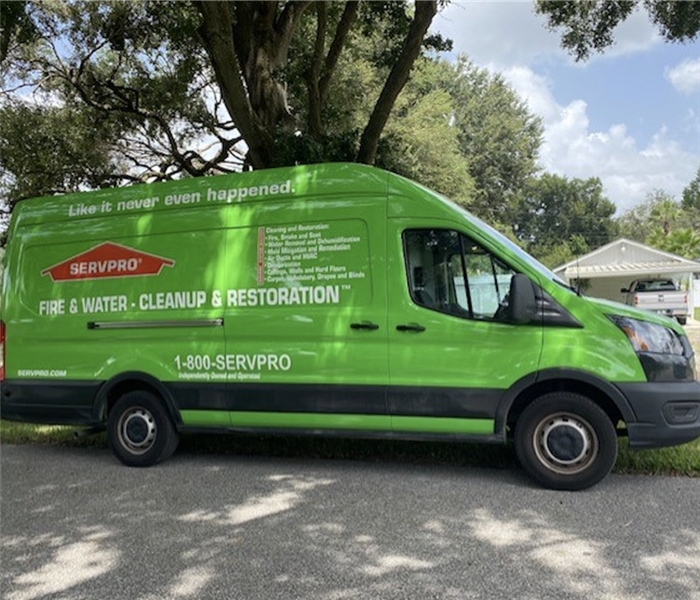Building Smart: A Guide to Mold-Resistant Construction Materials
3/17/2024 (Permalink)
When it comes to keeping your home or business mold-free, prevention is the name of the game. One key strategy is to opt for mold-resistant building materials during construction or renovation. These materials not only fortify your property against potential mold growth but also contribute to a better indoor environment. In this blog, we'll dive into some practical tips and tricks for choosing and using mold-resistant building materials.
1. Moisture-Resistant Drywall
Moisture-resistant drywall, often known as green board or blue board, is a game-changer in spaces prone to dampness. Its core is specially designed to resist water absorption, making it less susceptible to mold growth. Consider using moisture-resistant drywall in bathrooms, kitchens, or basements to create an added layer of protection.
2. Mold-Resistant Paints
Give your walls a mold-resistant shield with paints formulated to resist mold and mildew. These paints often contain antimicrobial agents that inhibit mold growth on painted surfaces. When choosing paints, look for labels indicating mold resistance, and consider applying them in areas with high humidity, like bathrooms or laundry rooms.
3. Mold-Resistant Wood Products
Opt for engineered wood products treated with mold-resistant coatings. These materials, such as mold-resistant plywood and oriented strand board (OSB), are designed to deter mold growth. They are particularly beneficial in construction projects where wood is a primary building material.
4. Mold-Resistant Insulation
Select insulation materials that are resistant to mold. Fiberglass and foam board insulations with mold-resistant properties can be effective in preventing mold growth within wall cavities. Proper insulation not only improves energy efficiency but also reduces the risk of mold development.
5. Cement Board for Wet Areas
In wet areas like bathrooms or kitchens, consider using cement backer board for surfaces that will be tiled. The cement board is resistant to moisture, providing a sturdy and mold-resistant substrate for tile installations. This helps prevent mold growth behind or beneath tiles.
6. Mold-Resistant Sealants
Pay attention to the sealants you use in areas prone to moisture. Mold-resistant sealants, designed for use in kitchens, bathrooms, and around windows, create an additional barrier against mold intrusion. Regularly inspect and replace old or deteriorating sealants to maintain their effectiveness.
7. Proper Ventilation Systems
While not a material, a well-designed ventilation system is crucial for preventing mold growth. Ensure proper ventilation in areas with increased humidity, such as bathrooms and kitchens. This helps regulate moisture levels and complements the use of mold-resistant materials.
8. Routine Inspections and Maintenance
Even with mold-resistant materials, it's essential to conduct routine inspections and maintenance. Regularly check for leaks, water damage, or signs of mold growth. Promptly address any issues to uphold the effectiveness of mold-resistant measures.
By incorporating these tips and tricks into your construction or renovation plans, you can create a mold-resistant environment that stands the test of time. Remember, prevention is the key to a mold-free living or working space.

 24/7 Emergency Service
24/7 Emergency Service
